Block: 129
Timestamp: 02:50:57

AuditProfile
Security blog
The Diamond Proxy Pattern Explained
The Diamond Pattern (ERC-2535) is a proxy pattern where the proxy contract uses multiple implementation contracts simultaneously, unlike the Transparent Upgradeable Proxy and UUPS, which rely on just one implementation contract at a time. The proxy contract determines which implementation contract to delegatecall based on the function selector of the calldata it receives (the exact mechanism is described later).
One of the advantages of having multiple implementation contracts is that there is no practical upper limit on the amount of logic the proxy contract can use. Recall that the EVM limits smart contract bytecode size to 24kb. If the developer needs to deploy up to 48kb worth of bytecode, a viable solution is to use the fallback-extension pattern. For more than 48kb, the diamond pattern is the most common solution.
In diamond pattern nomenclature, the “proxy contract” is called a diamond and the “implementation contracts” are called “facets.” Having two terms that refer to the same thing has led to confusion, so we want to drill the point home now:
diamond = proxy contract
facet = implementation contract
A diamond (the proxy) can be upgraded by changing one or more of the implementation contracts (facets). Alternatively, a diamond can be non-upgradeable (immutable) by not supporting a mechanism to change the facets (implementation contracts).
Read the full article here:
Link: https://www.rareskills.io/post/diamond-proxy#proxy
#diamond
#erc2535
Study for free

Cyfrin Updraft
Completely free courses

RareSkills Tutorials
Learn more about the blockchain world

Smart Contract Programmer
Free education videos
Awesome Books
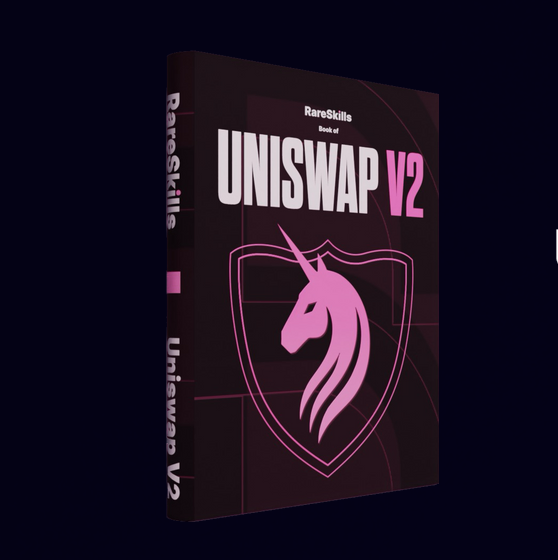
Uniswap V2 Book
by RareSkills
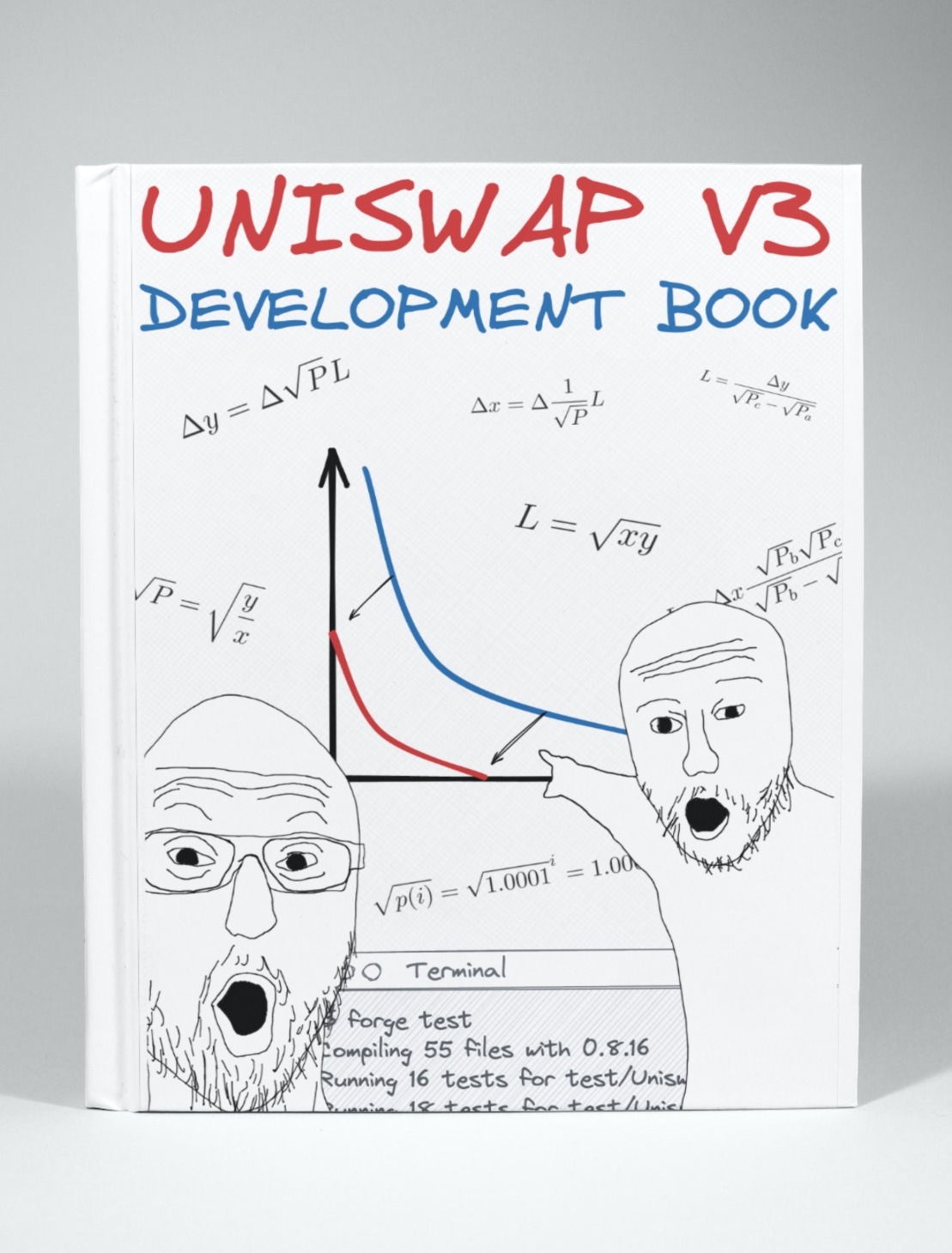
Uniswap V3 Book
by Jeiwan

Compound Book
by RareSkills
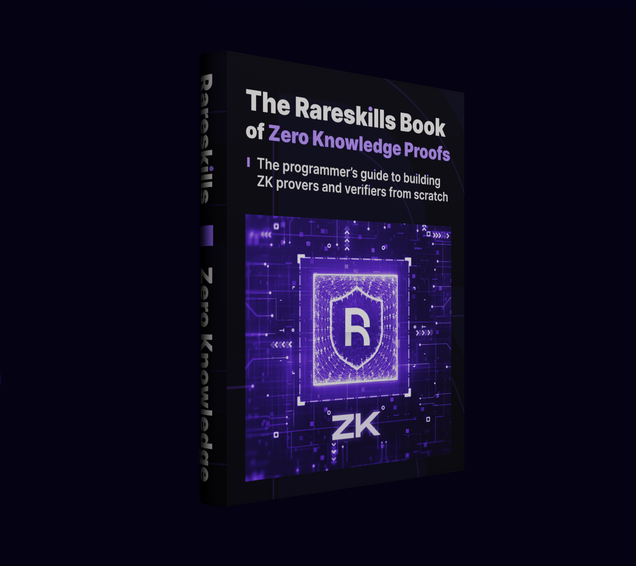
ZK Book
by RareSkills
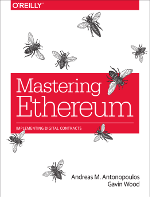
Ethereum Book
by Andreas M. Antonopoulos, Gavin Wood
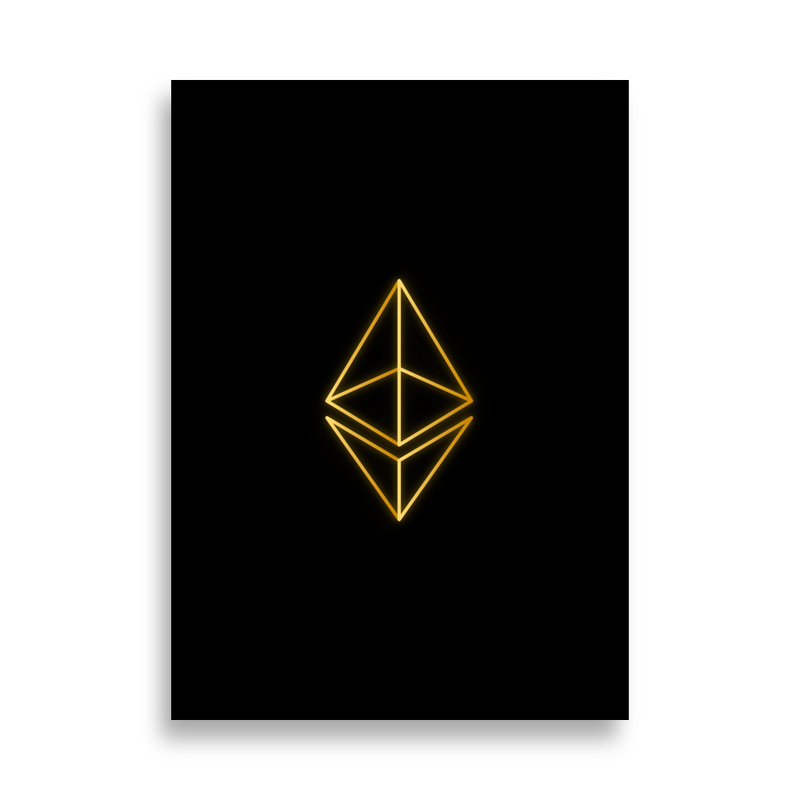
Beigepaper
by Micah Dameron
Useful tools
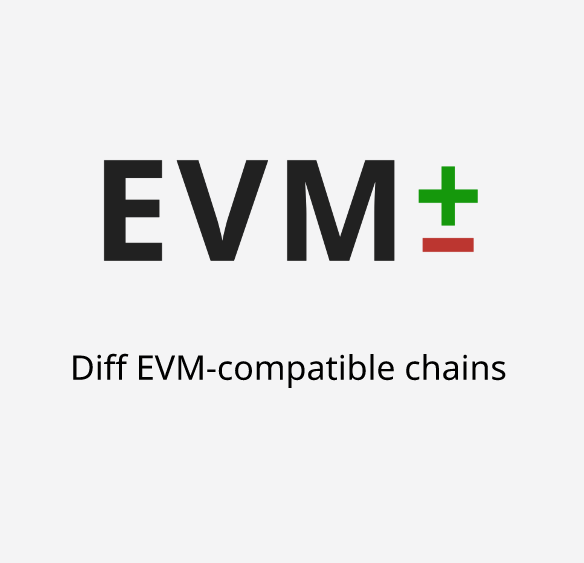
EVM diff
Compare execution layer differences between chains
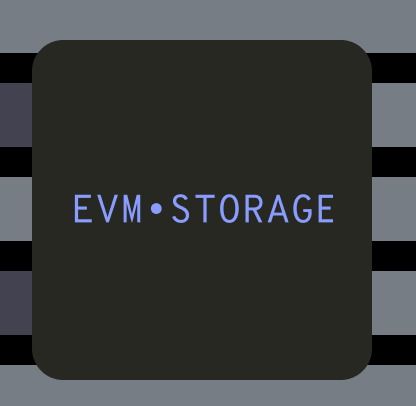
EVM storage
Dive deep into the storage of any contract

